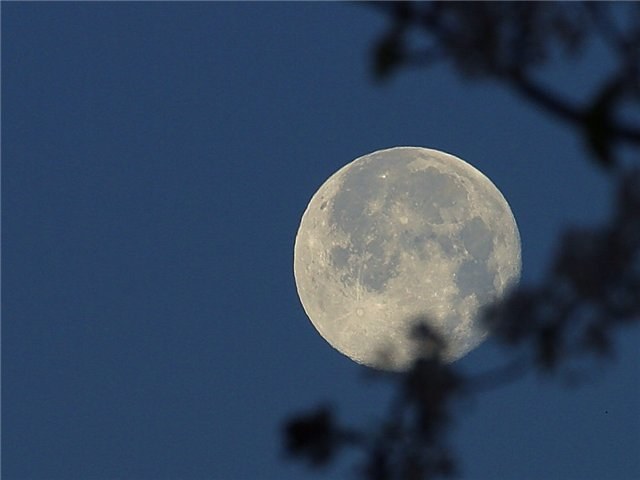During the new moon, the moon and the Sun interact as follows: the moon aligned with the Sun, resulting in the consecrated part of the moon becomes invisible. At the end of the day it can be observed in the form of a narrow Crescent, which is gradually increasing. This period is usually called the growing Moon.
During the movement of the earth's satellite along its orbit in the first quarter of the moon cycle begins to develop the apparent distance of the moon from the Sun. A week after the onset of the new moon, the distance from the moon to the Sun becomes exactly the same as the distance from the Sun to the Earth. At this moment it becomes visible a quarter of the lunar disk. Further, the distance between the sun and the satellite continues to grow, which is called second quarter of the lunar cycle. At this moment the Moon is at the farthest point of orbit from the Sun. Her phase at this moment will be called a full moon.
In the third quarter of the lunar cycle, the satellite begins its reverse movement relative to the Sun, coming closer to him. The waning Moon again reduced to the size of a quarter disk. The lunar cycle is completed by the fact that the satellite returns to its original position between the Sun and Earth. At this point, the consecrated part of the moon entirely ceases to be visible to the inhabitants of the planet.
In the first part of its cycle the Moon occurs in the morning over the horizon, with the rising Sun is at the Zenith by noon and in the visible area throughout the day to the setting sun. This pattern is usually observed in tropical and subtropical zones.
Thus, each appearance of the lunar disk depends on the phase in which there is a heavenly body at one time or another. In this regard, there are such thing as growing or waning moon, and blue moon.
